Is Apple Watch worth it? From fitness to Apple Pay, notifications to home automation, here's what you need to know before you buy!
These days, you need a computer that fits in your pocket. That's what makes iPhone so popular. You probably also still need a computer for your lap or your desk. But a computer for your wrist? That feels more like an accessory at best, and extravagance at worst. Yet Apple Watch has proven over the last few years that it can also come to feel indispensable.
Whether you should get an Apple Watch or not comes down to how compelling any of the main features are for your lifestyle, either by themselves or when combined together. Those features include not only timekeeping but health and fitness tracking, notifications and communications, Apple Pay and HomeKit automation. And the Apple Watch does currently require an iPhone to set up, so if you're on Android, it's time to decide whether the watch matters enough to you to switch.
Put simply: The Apple Watch is the shuttlecraft to an iPhone's starship. Most of what you can do on Watch, you can also do on iPhone — but not as conveniently. And convenience can be a killer feature.
- For timekeeping
- For notifications
- For health and fitness
- For Apple Pay
- For communication
- For remote control
- Who should get an Apple Watch?
- Who shouldn't get an Apple Watch?
For timekeeping
It's not an uncommon story: You stopped wearing a watch because your iPhone had a big clock right on the Lock screen, only a pocket- or bag-pull away. It's the old single- vs. multi-tasker debate, and why convergent devices like the iPhone proved so popular in the first place.
The Apple Watch is also a convergent device, and that convergence can be seen in every aspect, including how it tells time. When you want to see the clock on your Apple Watch, you don't have to dig into your pocket or reach for your bag. You simply turn your wrist, the screen lights up, and you can view the time and date. It can be just that simple or, in the grand tradition of timekeeping, you can add "complications".
The Watch's faces range from minimal to infographic to utilitarian to motion graphics to astronomy to, well, Mickey and Minnie Mouse. Each face also includes a number of complications which offer even more data, if you want to enable them.
Complications can include features as subtle as a monogram for personalization, but also world clocks, alarms, a stopwatch, the weather, sunrise and sunset, activity levels, phases of the moon, upcoming appointments, and stock quotes.
You can have complications for your apps as well, so you can see your ETA, access your voice recorder, see sports scores, measure your activity, or even tell how much distance is left before your Pokémon eggs hatch. (Seriously.)
If that level of efficiency is intriguing to you, the Apple Watch might be just intriguing to you.
For notifications
You already get notifications on your iPhone. You can tell when they come in thanks to the beep, buzz, or bubble on your Lock screen. With the Apple Watch, however, those notifications can appear on your wrist, sending you a subtle tap that doesn't even light up the display unless you turn the Watch to signal your interest.
Then, you only get a short summary of the information, providing the app name along with a brief bit of context. From there, you get to decide if you want to stop what you're doing and view more.
There's also a Notification Center, just like on iPhone, so you can swipe down and glance at everything and anything that's come in and quickly see what's happening and what, potentially, you need to take care of. And you can do it without reaching into your pocket or bag.
Facebook messages, turn-by-turn directions, airplane boarding passes, coffee cards, and other app interactions can benefit from being more easily accessible. If that appeals to you, Apple Watch might appeal to you.
For health and fitness
Apple has recently re-focused Watch marketing around health and fitness and it's no mystery as to why. With a GPS and an upgraded built-in heart-rate monitor on the latest Series 4 models, Apple Watch makes for a compelling exercise and wellness companion.
You automatically track all the basics, including standing and moving around as well as exercise, steps, and stairs climbed.
There's also a Workout app that's been specifically created to track your walks, runs, rides, rolls, and more. With improved water resistance for more recent Apple Watches, you can even track your swims and get detailed maps of your routes on land and sea.
Beginning with the Apple Watch Series 4, Apple has included an ECG, or electrocardiograph in the watch. Electrodes built into the Digital Crown and the back crystal work together with the ECG app to read your heart's electrical signals. Customers in the United States, much of the European Union, as well as an expanding list of countries around the world, simply need to open the ECG app, place a finger on the digital crown, and wait for 30 seconds while measurements are taken. The app will tell you whether you're experiencing normal (sinus) rhythm, or if you might be experiencing atrial fibrillation.
The Series 4 also packs hardware for fall detection. If you have this feature turned on, and you take a serious fall, the Apple Watch will issue an alert, allowing you to either dismiss it if you're not hurt, or call emergency services. If you don't respond to the alert within one minute, the watch will automatically contact emergency services for you.
With Activity Sharing, you share your achievements with the people closest to you. That way, when you reach a goal or they do, you can send a message or emoji to encourage them. Or to trash talk them. Whatever works for you.
Strava, Nike+, RunKeeper, and most other popular exercise apps have extensions for Apple Watch as well: You get to add the convenience of Apple Watch to whatever system and community you're already involved with.
If any of those features could help you live a healthier, fitter life, the Apple Watch might be all the help you need.
For Apple Pay
Apple Pay on Apple Watch is magic. Instead of having to fumble for your wallet or even your iPhone, you simply press a button on your Apple Watch, hold it close to the terminal, and you're done. What makes it so great is that it's always right there on your wrist, it never reveals your real credit card number or personal information, and if it loses contact with your skin (via the heart rate monitor), it shuts off so no one else can use it.
In many countries, tap to pay is already ubiquitous. In the U.S., it's still rolling out. Yes, years later. Still. If you have a lot of tap-to-pay near you, the Apple Watch is especially compelling.
For communication
Apple Watch has basic phone and messaging features built right in, which makes it feel like something straight out of science fiction. It's incredibly convenient, especially if you have a bigger iPhone you typically leave on a table or in a bag. When any call or message comes in, rather than scrambling for it, you can simply glance at your wrist.
For short conversations or replies, you can talk or text right from your watch. For longer communications, you can start on your watch and smoothly transition to your phone, or you can just go get your phone once you see who's calling and messaging on your wrist. You can even dictate or hand write short messages on Apple Watch, which makes it remarkably effective for quickly communicating on the go.
Series 4's GPS + Cellular model takes this one step further, letting you call, communicate, dictate, or write even when your iPhone is far away. Send a message on a boat in the middle of a lake or look up a friend's location while walking over to their place — whatever your heart desires, the Series 4 GPS + Cellular model lets you do it with or without your iPhone nearby.
If keeping in touch matters to you, the Apple Watch just might be the right touch for your wrist.
Remote control
The Apple Watch will let you control your Apple TV. It'll also let you remotely access your iPhone's camera, and thanks to Siri and HomeKit integration, it can even control the lights, thermometer, blinds, fans, and other connected devices in your home.
The possibilities for the Apple Watch are boundless. Not only does it mean never having to get up to turn off your lights, it means not even having to reach for your phone. You can adjust anything in your setup, right from your wrist.
Who shouldn't get an Apple Watch
If you...
- don't want anything mechanical or digital on your wrist, at all, period, ever.
- would rather reach for your iPhone or don't have an iPhone at all
- simply want to wait for a future generation to see where wrist computing goes
... you probably don't want or need an Apple Watch.
Who should get an Apple watch
If...
- you want to spend less time on your iPhone and more time out and about
- the idea of super-convenient tap-to-pay and fitness tracking appeals to you
- you want to be able to glance at a call or message before deciding whether to reach for your phone — or avoid reaching at all
- you want to experiment with the future right now, today
... you probably want to try out an Apple Watch.
Get the watch
Apple Watch Series 4
The best version of the Apple Watch yet.
Between a slick new design with bigger displays, fall detection, and the built-in ECG, the Apple Watch Series 4 is the best Apple Watch yet. If you have yet to own an Apple Watch, this one deserves a serious look.
Still undecided about Apple Watch?
If you're still not sure about whether you should get an Apple Watch or not, check out our Apple Watch Forums for expert help and discussion. Also remember: You can visit an Apple Store if you have one nearby Series 4 Apple Watch out for yourself. You can even buy it, use it in your daily life for a week or so, keep it if you love it, and return it if you don't.
Updated May 2019: Updated for Apple Watch Series 4.
from iMore - The #1 iPhone, iPad, and iPod touch blog http://bit.ly/2xCVKQq
via IFTTT
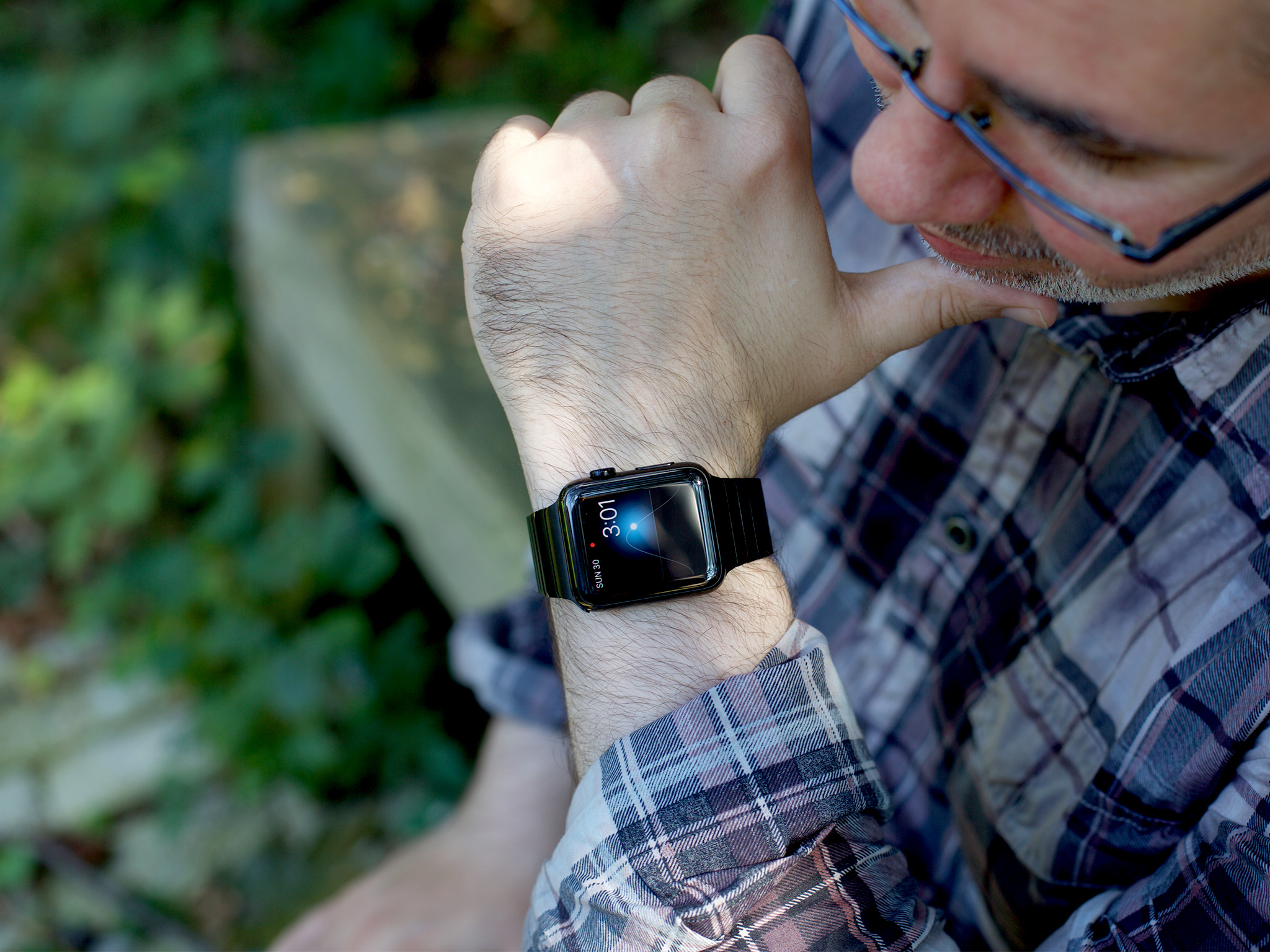
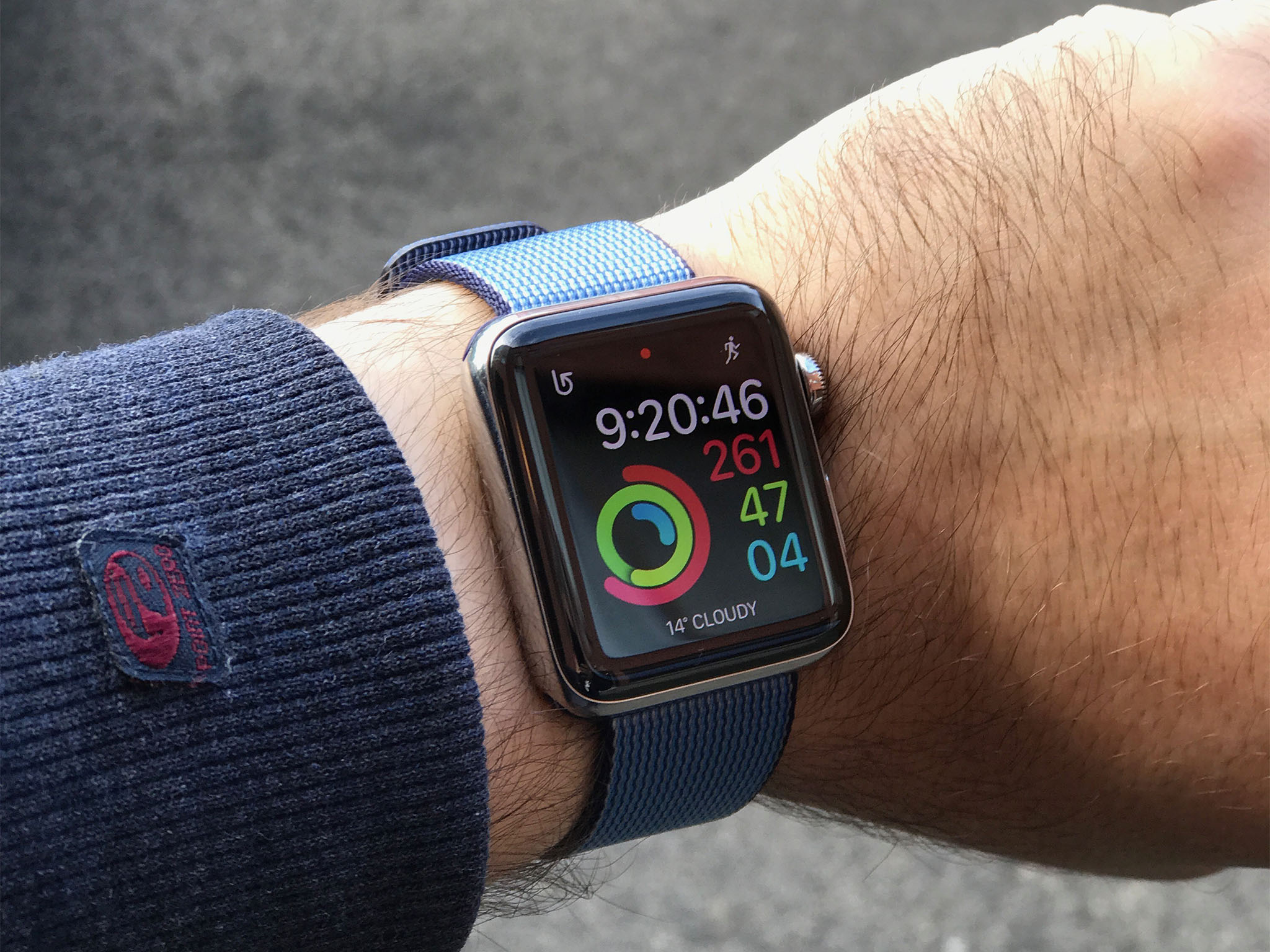
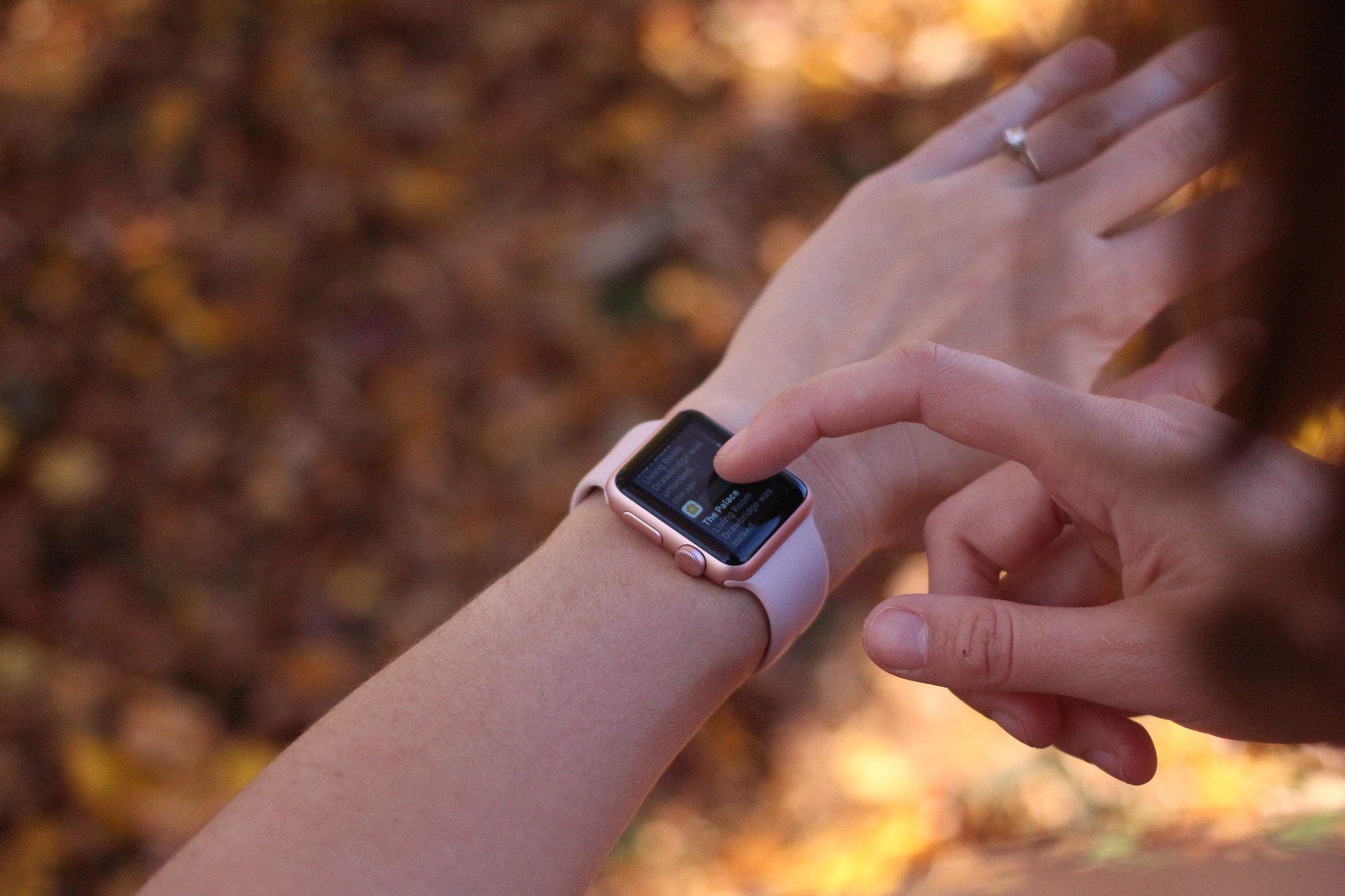

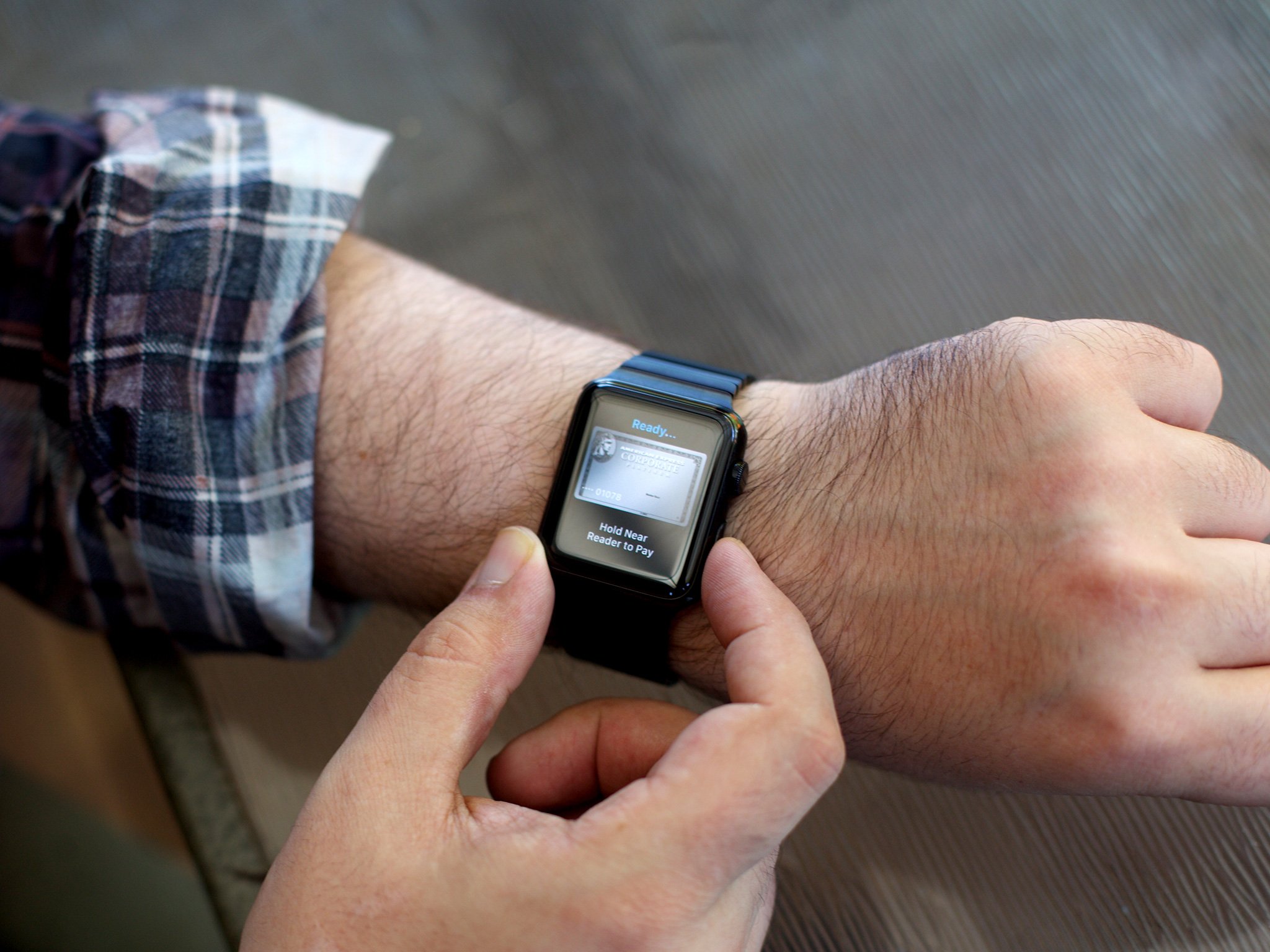

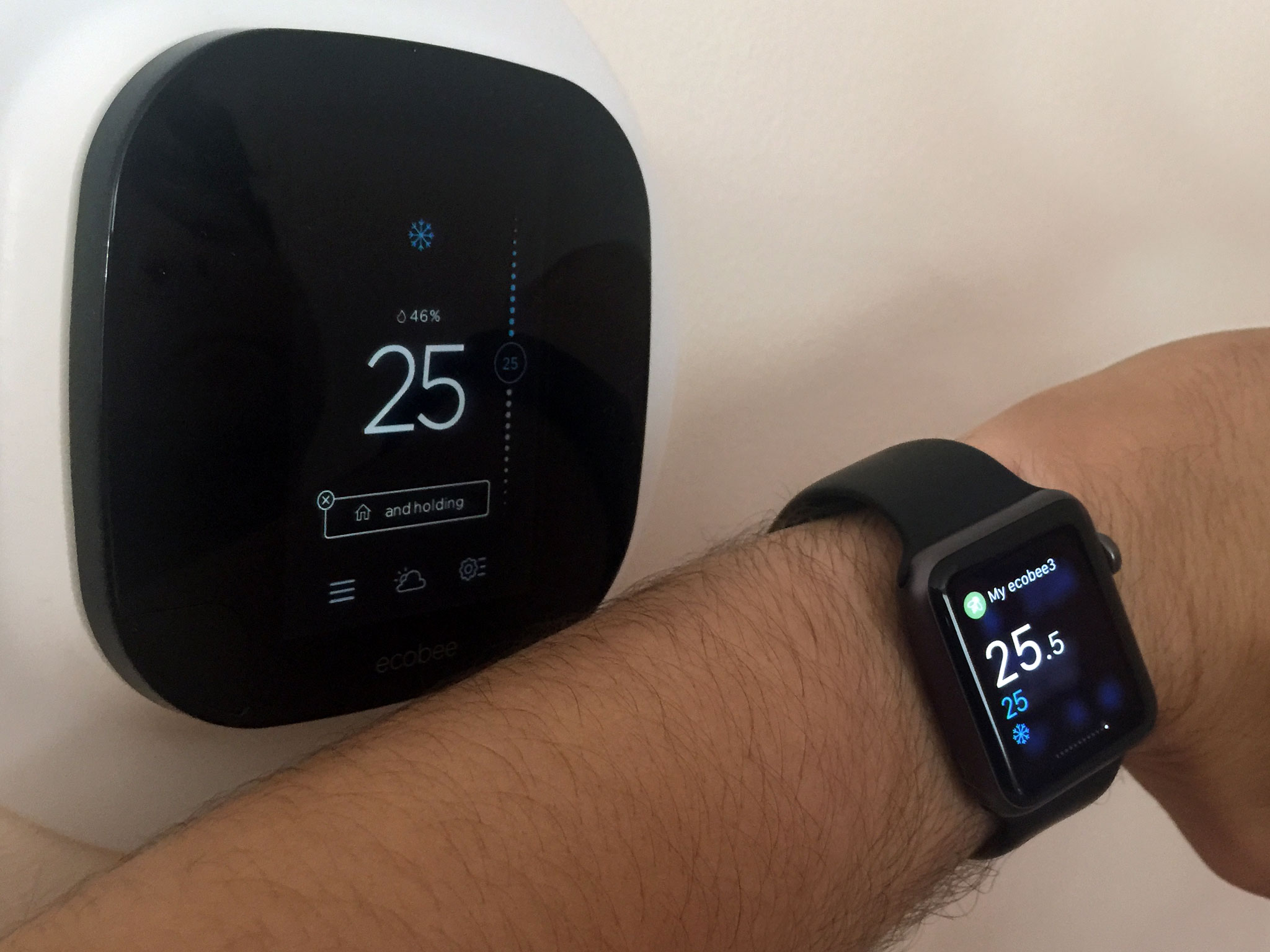
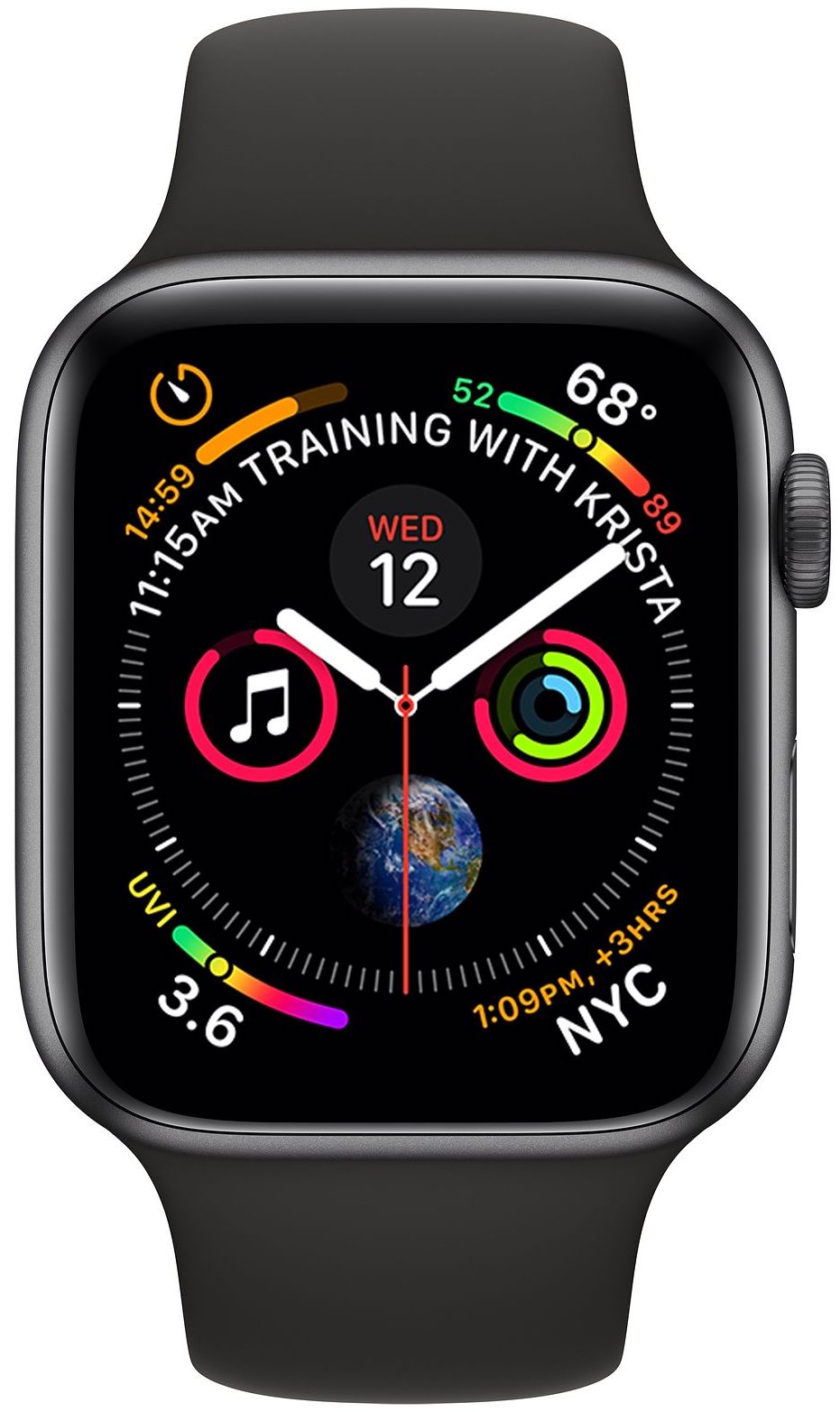
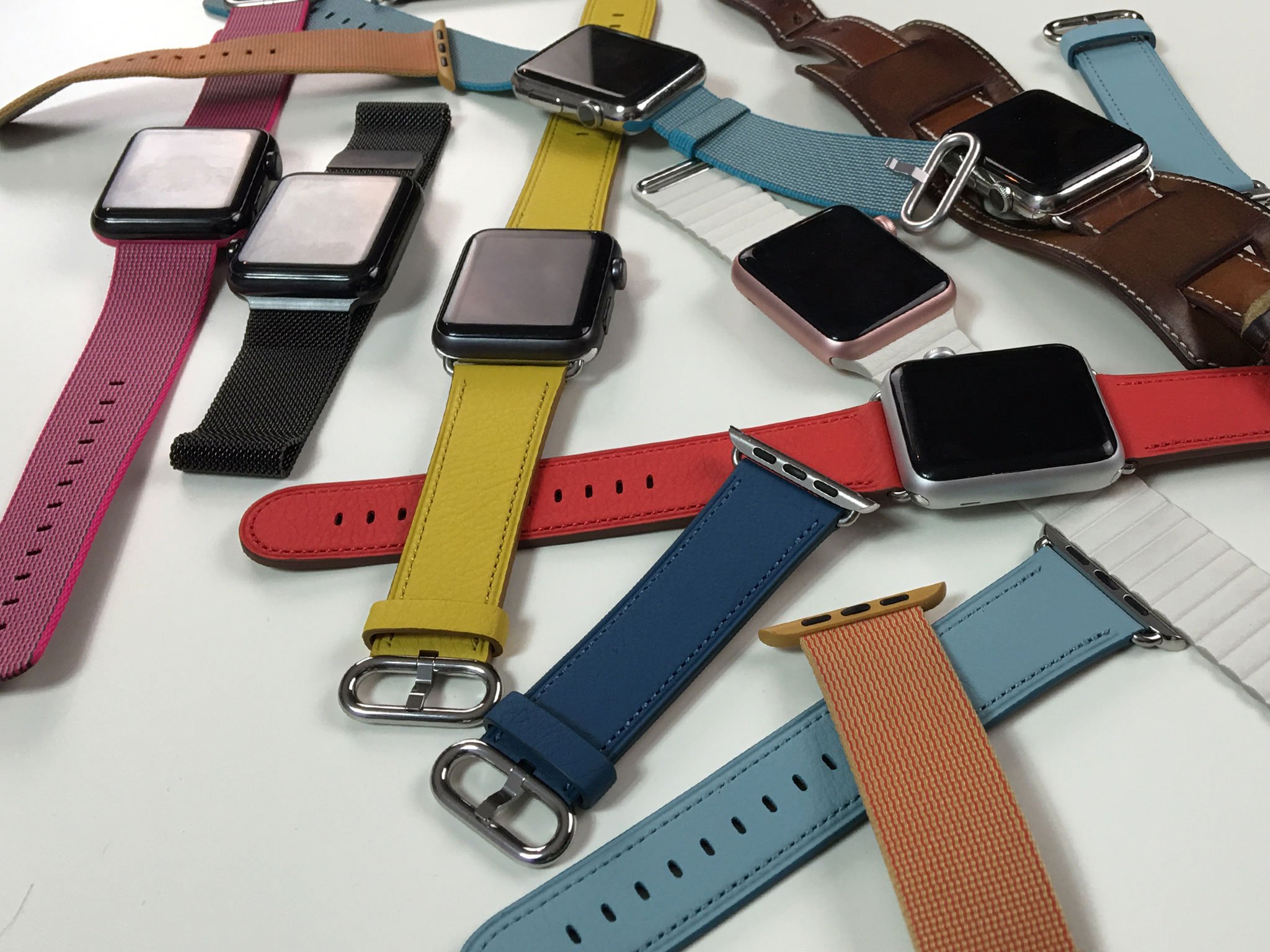
No comments:
Post a Comment